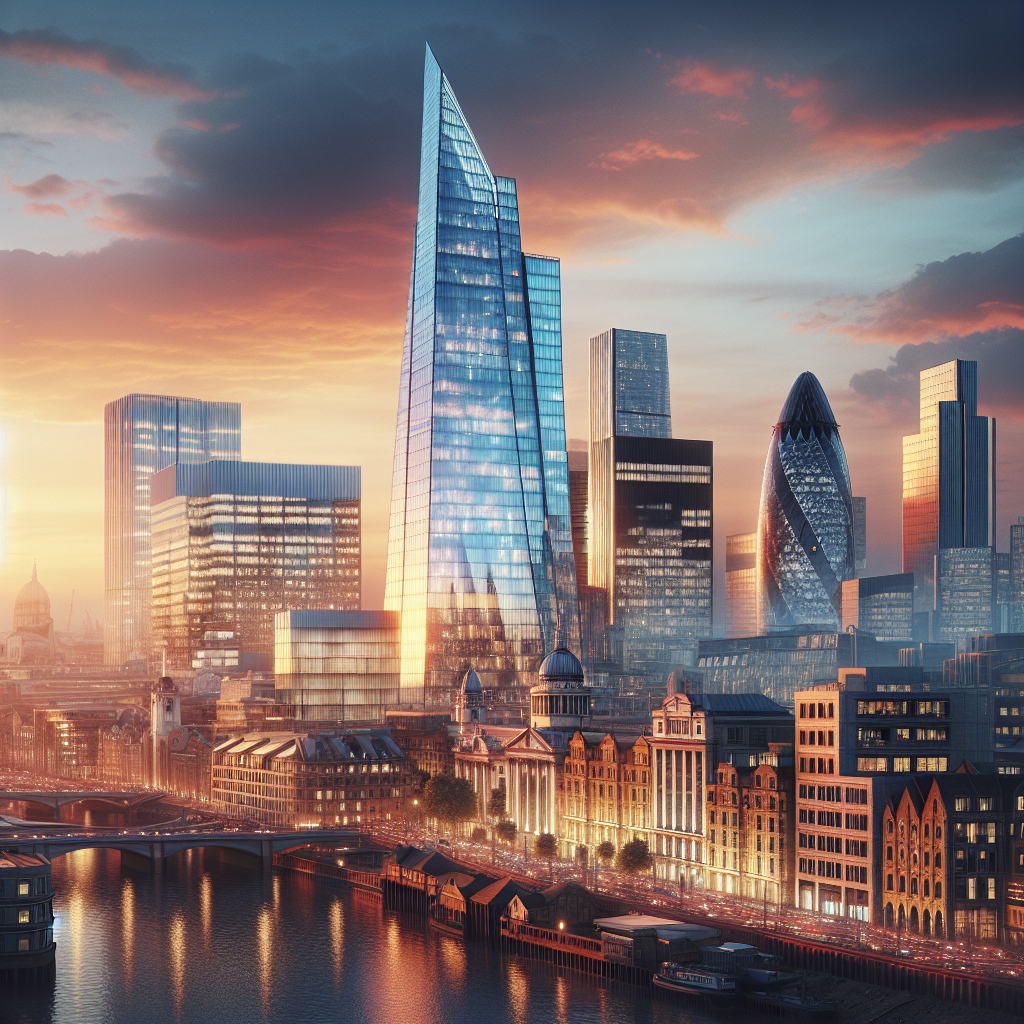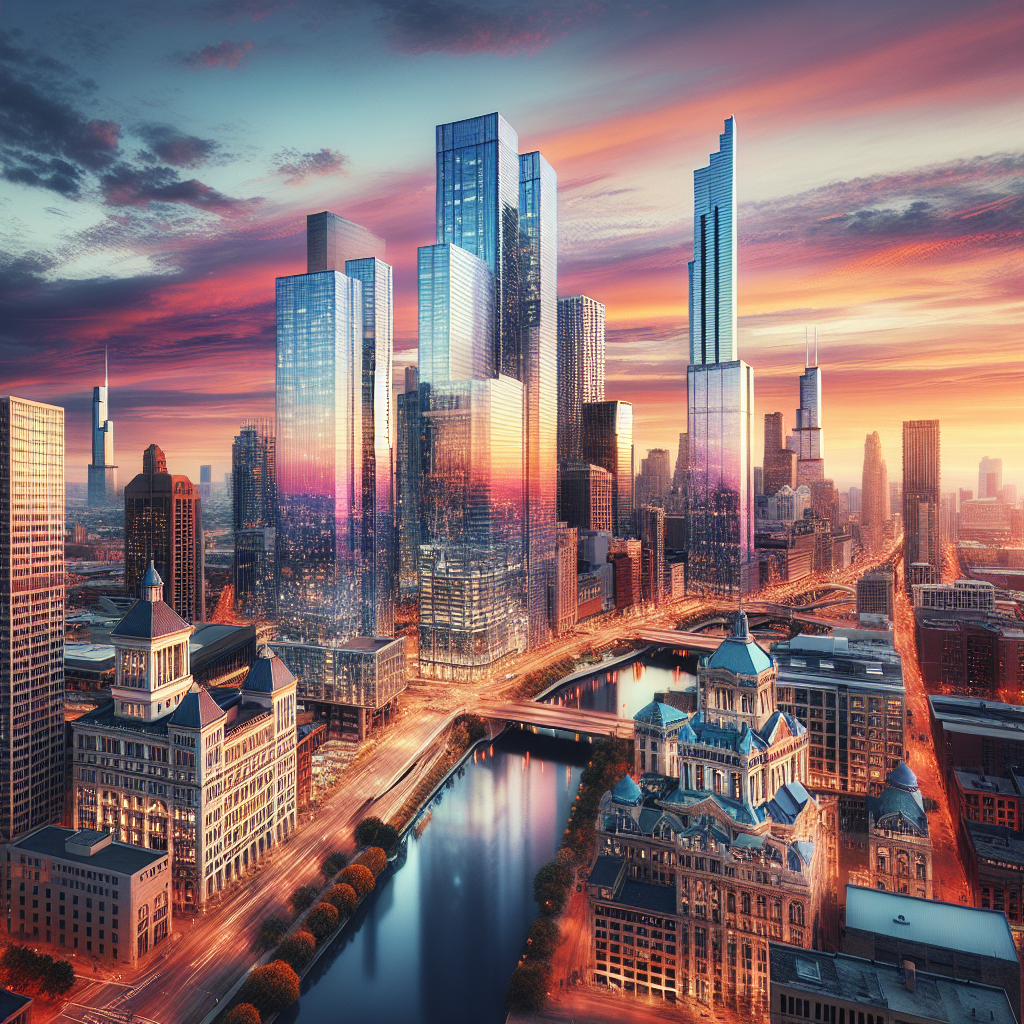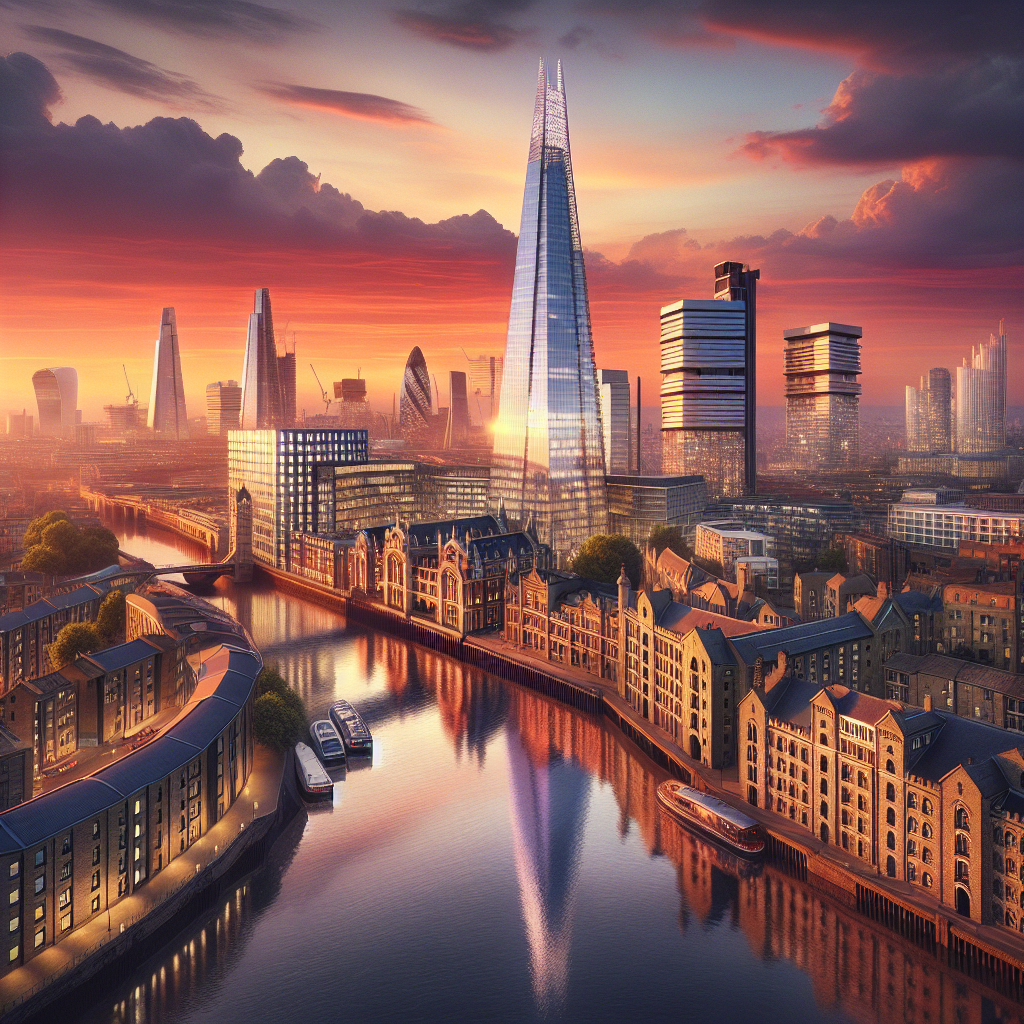Preserving the Skyline: The Role of Heritage in Modern Architecture

Preserving the Skyline: The Integral Role of Heritage in the Evolution of Modern Architecture
As the sun dips below the horizon, casting a golden hue across the cityscape, one cannot help but marvel at the intricate dance between the historic edifices and the sleek modern structures that define our urban skylines. The dialogue between old and new is not merely a conversation of contrasts but a sophisticated symphony of styles, where heritage plays a pivotal role in shaping the narrative of modern architecture.
Amidst the relentless push for innovation and the allure of avant-garde design, the preservation of heritage within our city skylines stands as a testament to our cultural legacy and architectural lineage. This commitment to conservation is not merely an act of nostalgia but a strategic approach to sustainable urban development and design excellence.
Heritage as the Blueprint for Contemporary Design
As we navigate the bustling streets of our metropolises, we are greeted by the grandeur of historic landmarks, their facades whispering tales of bygone eras. These structures serve as the bedrock upon which contemporary architects draw inspiration, infusing modern designs with a sense of continuity and contextual relevance. The fusion of historical motifs with cutting-edge technology and materials results in a rich tapestry of architectural innovation that honors the past while embracing the future.
Take, for instance, the meticulous restoration projects that breathe new life into dilapidated buildings, transforming them into vibrant hubs of activity. Adaptive reuse not only conserves the architectural integrity of these spaces but also promotes a sustainable model of urban development that minimizes environmental impact and resource consumption.
The Aesthetic and Cultural Significance of Skyscape Conservation
The silhouette of a city’s skyline is more than a mere visual spectacle; it is a cultural compass that guides our understanding of the urban narrative. The preservation of heritage buildings within this skyline is crucial in maintaining the aesthetic diversity and historical richness of our urban environments. It is this blend of architectural epochs that imbues our cities with a unique identity and a sense of place.
Moreover, the conservation of heritage within the modern architectural landscape serves as a cultural anchor, connecting communities to their collective history and fostering a sense of pride and belonging. It is a delicate balance, one that requires a nuanced understanding of the interplay between preservation and progress.
Case Studies: Harmonizing Heritage and Modernity
Across the globe, cities have showcased exemplary models of integrating heritage into modern architectural practices. The High Line in New York City, once an abandoned railway line, now stands as an iconic urban park that artfully juxtaposes the industrial past with contemporary design. Similarly, the Neues Museum in Berlin, with its thoughtful restoration by David Chipperfield, seamlessly blends historical damage with modern elements, creating a dialogue between the old and the new.
In London, the Shard, designed by Renzo Piano, soars into the sky while respectfully nodding to the historical context of its surroundings. Its glass façade reflects the changing skies and the city below, creating a dynamic interaction with the heritage buildings that pepper the Thames’s banks.
The Economic and Social Benefits of Heritage Preservation
Preserving the architectural heritage within our skylines is not merely an aesthetic choice but a strategic economic decision. Heritage buildings often become focal points for tourism, drawing visitors eager to experience the architectural grandeur of yesteryears. This influx of tourism translates into economic growth, job creation, and increased investment in local communities.
Furthermore, the social fabric of our cities is strengthened through the preservation of heritage sites. These spaces often serve as communal gathering points, hosting cultural events, exhibitions, and educational programs that enrich the lives of residents and visitors alike.
Challenges and Strategies in Heritage Preservation
Despite the clear benefits, the integration of heritage into modern architecture is fraught with challenges. The tension between development pressures and conservation efforts is a constant battle, with economic interests often pitted against cultural preservation. Navigating these waters requires innovative strategies that prioritize adaptive reuse, context-sensitive design, and public-private partnerships to ensure the viability of heritage conservation projects.
One such strategy is the implementation of heritage impact assessments, which evaluate the potential effects of new developments on historic sites. These assessments inform decision-making processes and ensure that new constructions are sympathetic to the existing urban fabric.
The Future of Heritage in Modern Architecture
As we look to the future, the role of heritage in modern architecture remains a dynamic and evolving field. With the advent of digital technologies, architects and conservationists are equipped with tools that allow for more precise restoration work and innovative approaches to design that can bridge the gap between the old and the new.
The emergence of sustainable design practices also heralds a new era where the preservation of heritage buildings is seen as integral to the environmental stewardship of our urban landscapes. By retrofitting historic structures with energy-efficient systems and sustainable materials, we can ensure that these buildings remain relevant and functional for generations to come.
Ultimately, the skyline of a city is a living organism, a reflection of its history, culture, and aspirations. The careful curation of this skyline, with heritage at its core, is a responsibility that architects, urban planners, and policymakers must shoulder with great care. It is through this lens that we can appreciate the full spectrum of our architectural heritage, ensuring that the skylines we bequeath to future generations are as rich and storied as the ones we have inherited








